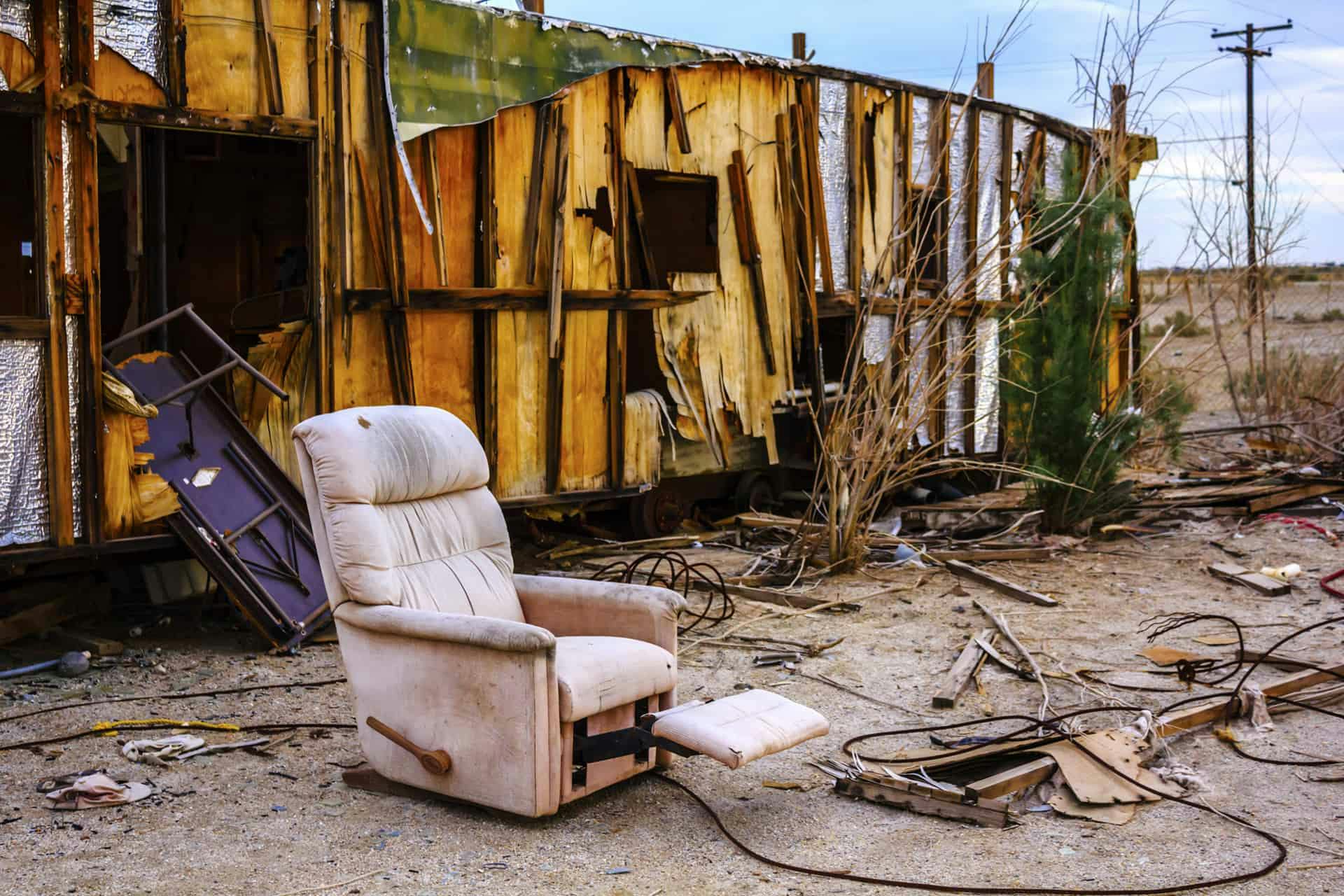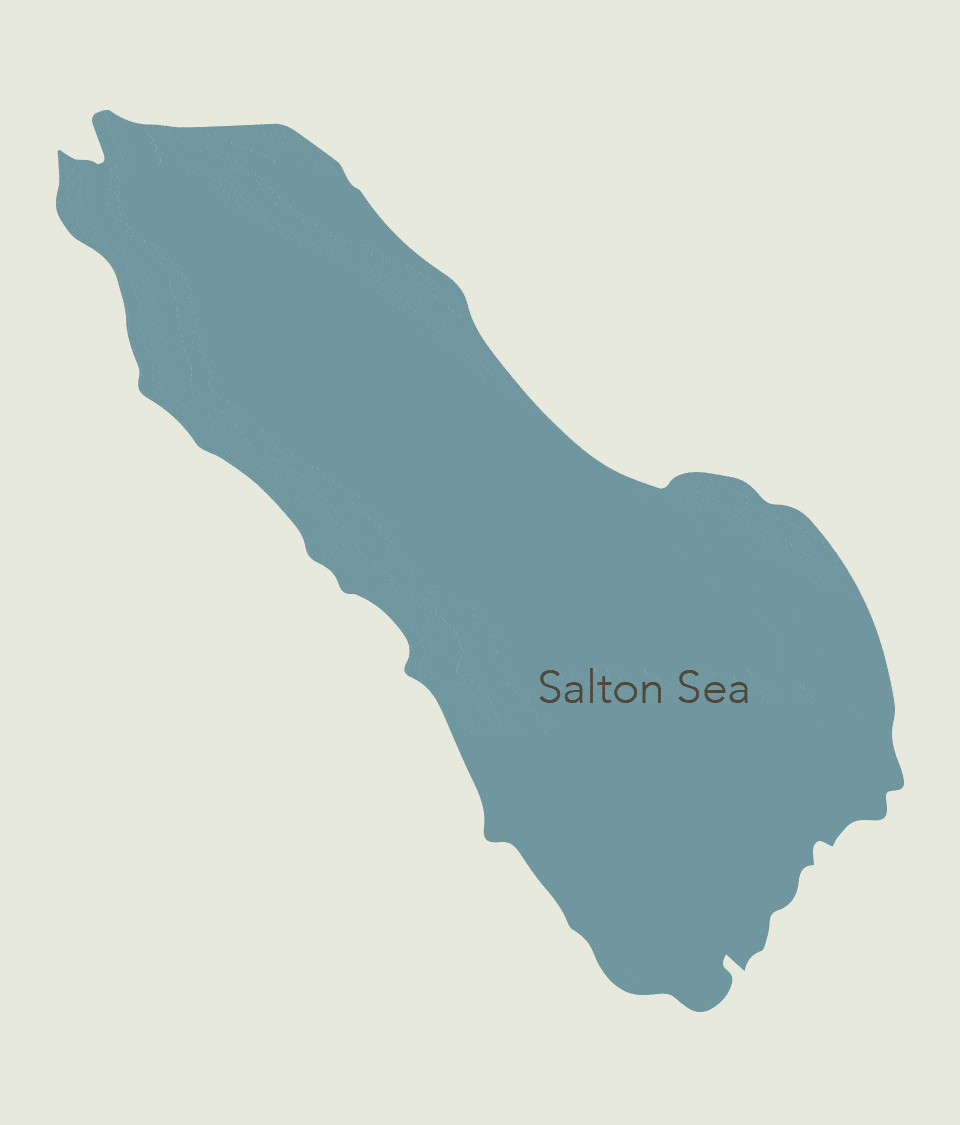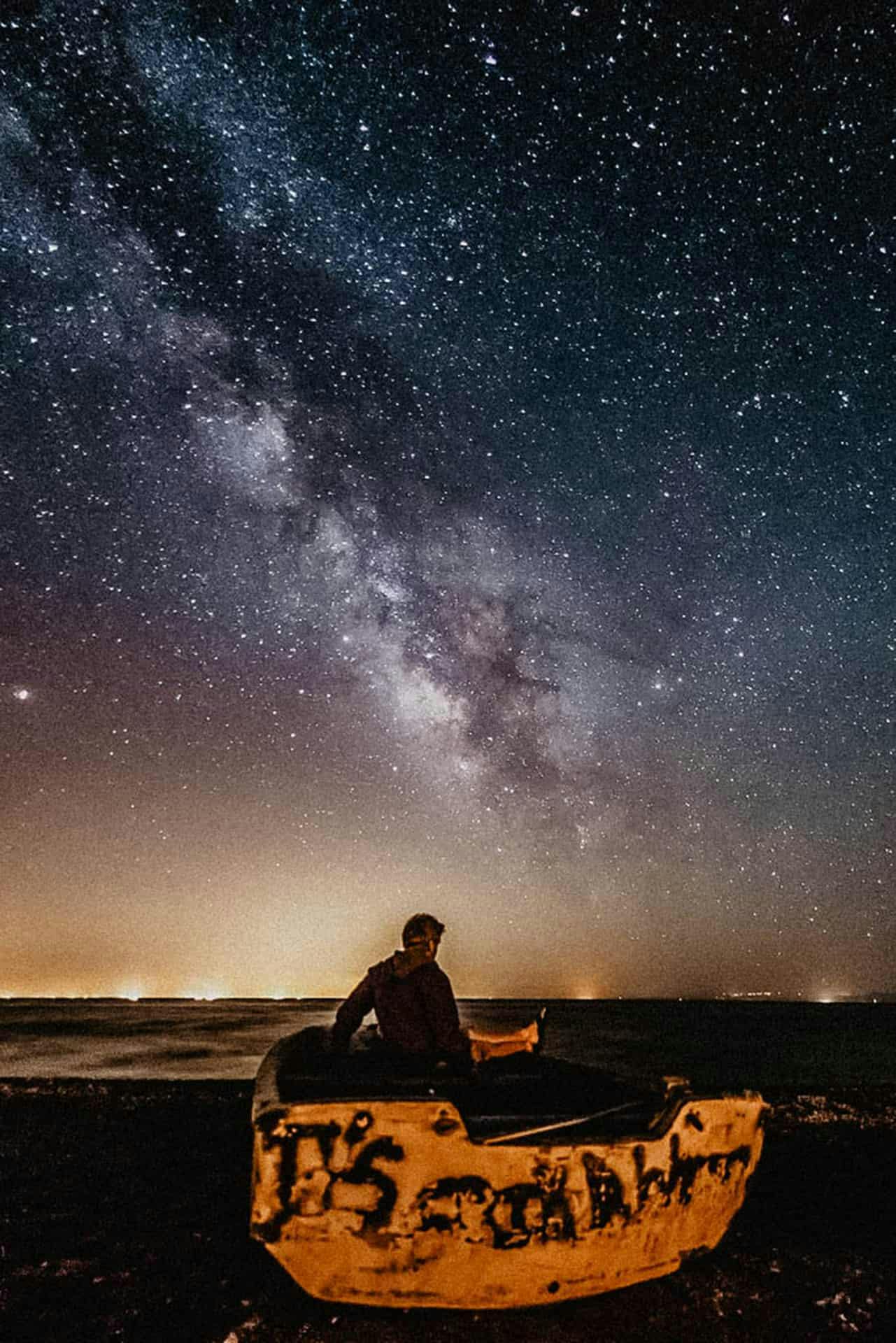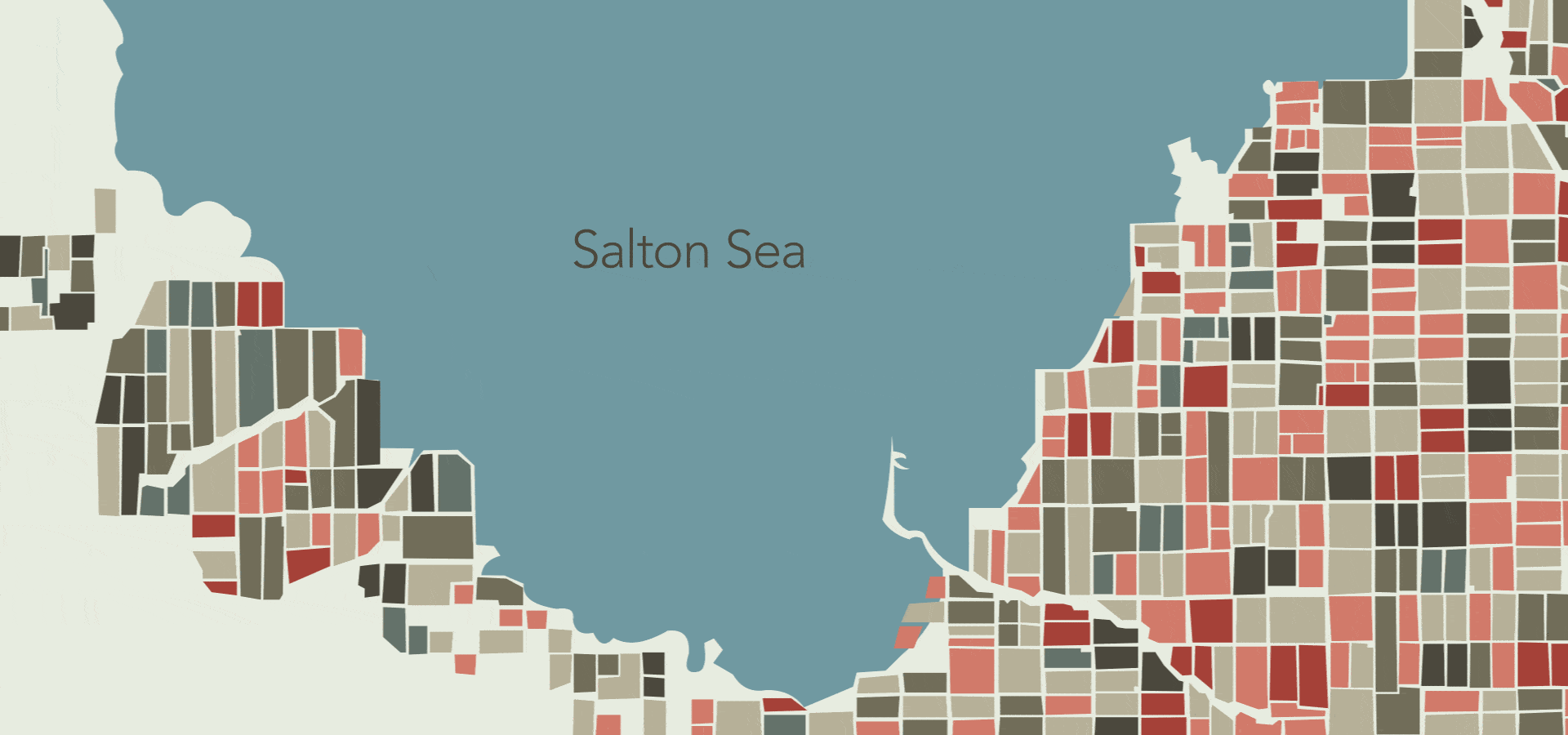
Environmental awareness is more than a mindset for Southern Californians. It’s our way of life. It’s in our DNA. For over a half century California has been a leader on climate and energy policy. We were the first U.S. state to introduce appliance efficiency and vehicle emission standards. We have always been at the forefront of conservation and recycling. Even the globally recognized iconic recycling logo was invented in SoCal by an engineering student at USC. California is the first state to require solar panels in new construction and our state is a global leader in embracing low emission vehicles. In the U.S., California has the highest number of hybrid and plug-in electric vehicles on the road, and if California were a country, we’d fall only behind Norway, the Netherlands and China in the total number of low emission vehicles in use.

Then there is water. There is perhaps no more prominent display of Southern California’s unfettered devotion to the environment than the region’s dedication to water conservation. Southern Californians primarily live either in a coastal Mediterranean or a semi-arid desert zone, both of which are hydrologically challenged. Revering water as a precious resource and practicing conservation is a fact of daily life. We’ve ripped out our lush green lawns and replaced them with drought-tolerant indigenous plants and pathways lined with dirt and permeable stone. We’ve installed drip irrigation in lieu of excessive water guzzling sprinklers. On occasion we discreetly forego flushing our toilets and only run full loads of laundry and dishes. We’re investing in water-efficient appliances, graywater reuse, rainwater capture and storage, and innumerable other methods to address our exceptionally dry climate.
It’s fair to say that when contemplating environmental consciousness, especially related to hydrology, California is a superstar. But even stars have their foibles and when it comes to one of our most essential ecosystems, the Salton Sea, California has messed up—repeatedly—big time.
The Accidental Lake
From its creation in the early 20th century to its current looming demise, the Salton Sea has been the byproduct of an extended series of human error and incompetence. It’s a classic example of the law of unintended consequences. In 1905, while manipulating the flow of the Colorado River to meet Southern California’s insatiable thirst for irrigation and municipal water, an inlet canal gate failed and a deluge of water flooded a prehistoric trough some 230-feet below sea level where Lake Cahuilla once existed. Unable to stop the flow of water for nearly two years, the mishap created the Salton Sea … California’s largest lake measuring 35 miles long by 15 miles wide. Ironically this colossal human error led to the formation of a vital part of the Southern California ecosystem bringing water to the parched desert and creating a natural habitat that would become home to a diversity of fish and wildlife species. The saline lake became an aviary sanctuary and an essential stop on the Pacific Flyway for millions of birds during their annual migration from Alaska to Patagonia and back.
In its heyday in the 1950s and ’60s, the Salton Sea also became a vibrant fishing and tourist destination with lakeside resort towns along its banks attracting luminaries like Desi Arnaz and Frank Sinatra to the hotspot. People built vacation homes, hotels and restaurants opened, businesses boomed and the area thrived. Sadly the high times would not last.

The Scent of Failure
The Salton Sea lies right in the middle of an arid desert where a lake really ought not to be. It is located in the Salton Trough, a tectonic pull-apart basin formed by the San Andreas Fault and the Eastern Pacific Rise. Within the trough a geographical sink formed, also called the Salton Sink. It is part of the Colorado Desert sub-region, which lies within the larger Sonoran Desert. Over centuries, periodically large precipitation events or shifts in the Colorado River Delta would cause water to flow into the basin and create an evanescent lake. Several thousand years earlier the larger Lake Cahuilla existed over the same ground and was home to indigenous tribes. Over time the lake evaporated and disappeared, leaving a natural dry and salty seabed. In the mid and late 1800s, the Colorado River flooded the sink multiple times creating transient lakes.
It was the severe flooding from the human accident of 1905 that fully formed the Salton Sea. In addition, the flooding created the Alamo and New River, which feed the Salton Sea. The lake is also fed by the Whitewater River. But the primary source of water to the Salton Sea comes from Colorado River water that is used for irrigation runoff in the adjacent agricultural Imperial Valley. Irrigation runoff flows down into the Salton Sea laden with chemicals and other toxins. Over time, this runoff has poisoned some of the wildlife that rely on the Salton Sea. Without a natural outflow, the lake is unable to flush out toxins while it has also become increasingly saline.
Further adding to the salinity, the lake’s water level has decreased substantially. Its location in an extremely hot, dry desert results in quick evaporation. And innovations in water conservation that enabled the Imperial Valley to use less irrigation water, resulted in decreased water inflow to the lake. The Salton Sea is now three-times more saline than the Pacific Ocean. Between the brackish water, the toxins from agricultural runoff and the decreased water level, the species able to survive in the lake are decreasing. As fish die off, it in turn diminishes the food source for the lake’s waterfowl. And the dead fish add to salinity while also creating a rather unpleasant stench.

It was these factors that contributed to the demise and ultimate exodus from the Salton Sea. As the shoreline retracted and the stench became unbearable, communities that had once thrived along its banks began to flee. Now the area looks like an eerie abandoned ghost town and the home and business owners who remain are essentially stuck with worthless property.
Sadly, that is not the only major issue plaguing the Salton Sea. With years of agricultural chemicals flowing into the lake and the water level declining, there is now a fine dry dust on the playas of the surrounding receded shoreline. When the winds kick up, this toxic particulate matter blows into surrounding neighborhoods causing a whole host of respiratory and health issues. Children in neighboring Imperial Valley suffer from some of the highest asthma rates in the state and scientists attribute these higher rates to polluted toxic dust from the Salton Sea.
Another not-so-swell byproduct of the evolving Salton Sea is naturally occurring elevated levels of hydrogen sulfide, a gas that smells rather like rotten eggs. When these elevated levels coincide with a windy day, the gas can travel for miles, easily reaching residents of the Coachella Valley and on the rare occasion some parts of LA County. The South Coast Air Quality Management District has on numerous occasions in recent years issued “odor advisories.” The hydrogen sulfide gas may cause nausea and headaches, but these symptoms are temporary and fortunately pose no long-term health risk.

Let’s Make a Deal
Though the Salton Sea was already suffering from decreased water levels and environmental factors in the decades following its peak in the 1960s, the biggest and most looming threat to its survival was yet to come. In 2003 federal, state and local agencies struck the Quantification Settlement Agreement to ensure the state would not exceed its 4.4-million-acre-foot entitlement to the Colorado River. San Diego County having experienced rapid population expansion, needed to increase its water supply, as did the Coachella Valley. Simultaneously, the Imperial Valley, which uses much of its water allocation for irrigation purposes, was implementing best practices to conserve its water use and had a surplus of water to trade with neighboring municipalities. A deal was struck for the Imperial Irrigation District (IID) to transfer its Colorado River water allocation to San Diego incrementally over a period of 14 years, with the final water transfer to be completed in December 2017. In other words, the water that was feeding the Salton Sea from IID would gradually decrease until the spicket completely shut off in January 2018.
In exchange for this massive farm to city water transfer California agreed to assume responsibility for restoring and protecting the Salton Sea ecosystem. The state had 14 years to plan, fund and implement this restoration but unsurprisingly little was done for the first decade. As part of the agreement, some farmland in the IID was fallowed and the unused water was diverted to the Salton Sea to mitigate the decrease in water supply and act as a buffer while restoration plans could be implemented. But the moment the transfer to San Diego was fully completed at the start of this year, water levels at the Salton Sea began to plummet dramatically. It is estimated that if no action is taken, the Salton Sea will decline by 60% by 2030. It is also estimated that lack of action to save the Salton Sea could result in $70 billion in environmental and health costs due to its demise.

Fortunately the state finally awoke. In 2014, Governor Jerry Brown set forth the California Water Action Plan. As part of that plan, Governor Brown created the Salton Sea Task Force in May 2015. Charged with implementing the Salton Sea Management Plan, the task force developed a Phase I 10-Year Action Plan to address the restoration and protection of the Salton Sea. The 10-year plan was laid out in a detailed Memorandum of Understanding in August 2016 and amended on January 18, 2017.
Primary goals of Phase I include protecting and/or improving air and water quality, wildlife habitat, suppressing dust and much more. Phase I is projected to cost $383 million. The first $80.5 million of funding for Phase I will come from Proposition 1, a $7.12 billion water bond measure approved by voters in November 2014. Of that $80.5 million, approximately $3 million has been spent on initial implementation of Phase I. The obvious question is where will the additional $300 million come from? There are other grants and sources of funding, but even with these additional sources, funding falls far short of the needed amount.
Our severe five-year drought that finally ended last year after a rainy 2016-17 El Niño winter, has had a lasting impact on the mindset of Californians. As Chicago Mayor Rahm Emanuel famously said, “Let no good crisis go to waste.” With our fresh wounds from extreme water rationing still exposed, lawmakers are seizing the opportunity to pass legislation and promote bond measures in an attempt to circumvent future painful water shortages. Just this week, Governor Jerry Brown signed a pair of new bills, AB 1668 and SB 606 that establish permanent statewide water efficiency standards and restrictions that will be introduced incrementally through 2030. Governor Brown explains, “In preparation for the next drought and our changing environment, we must use our precious resources wisely. We have efficiency goals for energy and cars—and now we have them for water.”
Our state water woes will also be addressed in upcoming bond measures on the June and November ballots. Proposition 68 that appears on the June 5th ballot, entitled the Parks, Environment and Water Bond, will allocate $4.1 billion in general obligation bonds to fund flood control, infrastructure, park restoration and much more. The other bond measure set to appear on the November ballot if passed will authorize nearly double the amount of Prop 68 and will strictly fund water projects only. Both bond measures have funds allocated to the Salton Sea. Prop 68 allocates $200 million toward the Salton Sea Phase I 10-year plan. It doesn’t cover the entire shortfall but will make a sizeable dent.
Unfortunately, California no longer prints the language of a bill in its voter information pamphlet. Voters are expected to research measures on their own accord if they want detailed specifics. Few voters will do so. And sadly there is no mention whatsoever of the Salton Sea in either the abbreviated or detailed recap of Prop 68 in the voter booklet. So voters on the fence on whether or not to vote for Prop 68 who may be persuaded to vote yes to support the Salton Sea, may vote no without if they are not fully informed.
It will be interesting to see how Californians vote on these measures. Our tendency is to approve these types of bonds. Only once has a previous water bond measure failed. Though California has many financial woes such as unfunded pension liabilities and issues with school funding, Californians like the spirit of these types of bond measures. Who doesn’t like improving parks? We tend not to concern ourselves with the long-term financial obligations related to a bond measure. If Prop 68 passes, it will take 40 years to pay it off. But 40 years of bond debt doesn’t mean much to voters who haven’t even considered funding their own retirement. Plus we just came off an extreme drought and those evil water shortages are top of our minds. The likelihood Prop 68 will pass is high. And if so, then perhaps we’ll stave off the threat in our backyard. The accidental lake that became an imperative ecosystem may live to see a brighter day.










